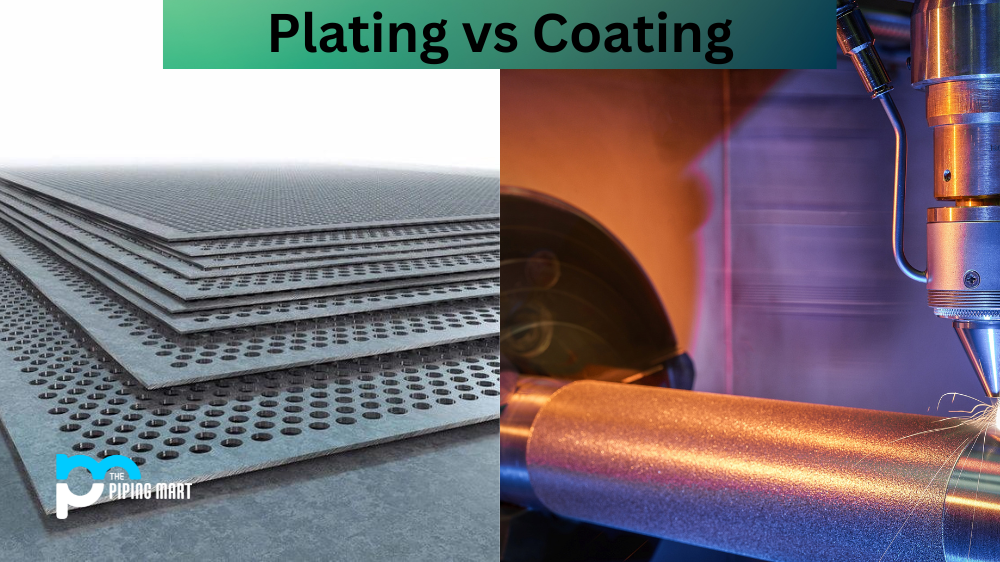If you’re in the metalworking industry, you’ve probably heard of plating and coating. But what is the difference between the two processes? While there are some similarities between them, there are also some important distinctions that set them apart. Let’s take a look at what makes each process unique.
Benefits of Plating and Coating
One of the main benefits of plating is its ability to create an aesthetically pleasing finish on metals without having to use paint or powder coating. Plated metals also tend to last longer than painted metals since they are more resistant to corrosion and wear and tear over time. Additionally, plated metals don’t require as much maintenance as painted metals do since they don’t require regular touch-ups due to fading or chipping as paints do.
Coatings offer several benefits, too; for example, they help protect against corrosion caused by moisture and other environmental elements while still allowing the metal surface to breathe freely so it won’t become damaged due to trapped moisture inside it over time. Coatings can also provide additional protection against abrasive damage caused by movement or contact with other objects while providing an improved aesthetic appearance compared to plain metal surfaces. Plus, they require less maintenance than paints or powder coatings since they don’t need regular touch-ups due to fading or chipping as paints do.
Difference Between Plating and Coating
Plating is a process that involves coating metal surfaces with a thin layer of another metal by electrodeposition. This can be done for a variety of reasons, such as to increase corrosion resistance, improve electrical conductivity, or give the surface a decorative finish. Plated metal surfaces are often more durable than those that have been painted or powder coated.
Coating, on the other hand, is typically used to protect metal surfaces from corrosion and wear. It involves applying a protective layer over metal surfaces with either liquid or powder coatings. These coatings create an airtight seal around the metal surface, protecting it from moisture and other environmental elements while still allowing it to breathe. Coatings can also be used to improve aesthetics and provide additional protection against damage caused by abrasion or chemical interaction.
- Plating is the process of applying a thin layer of metal to the surface of another metal or object.
- The coating is the process of applying a thin layer of material to the surface of another object
- Plating is typically used for decorative or protective purposes, while the coating is typically used for protective purposes.
- Some common metals used for plating include gold, silver, and copper. Some common materials used for coating include paint, plastic, and enamel.
- Plating is generally more expensive than a coating, as it requires more specialized equipment and skills.
Conclusion:
Both plating and coating have their own unique benefits when applied correctly; however, when deciding which process is right for your application, it’s important to consider factors such as environmental exposure level, desired aesthetic appearance and budget before making your decision, so you can ensure you get the most out of your investment in either process. Ultimately both processes provide great solutions for protecting your metal parts from damage caused by wear and tear over time; however, one may be better suited than another depending on your specific application requirements, so make sure you do your research before making any decisions!

Pipingmart is a B2B portal that specializes in metal, industrial and piping items. Additionally, we share the latest information and information about materials, products and various types of grades to assist businesses that are involved in this business.




